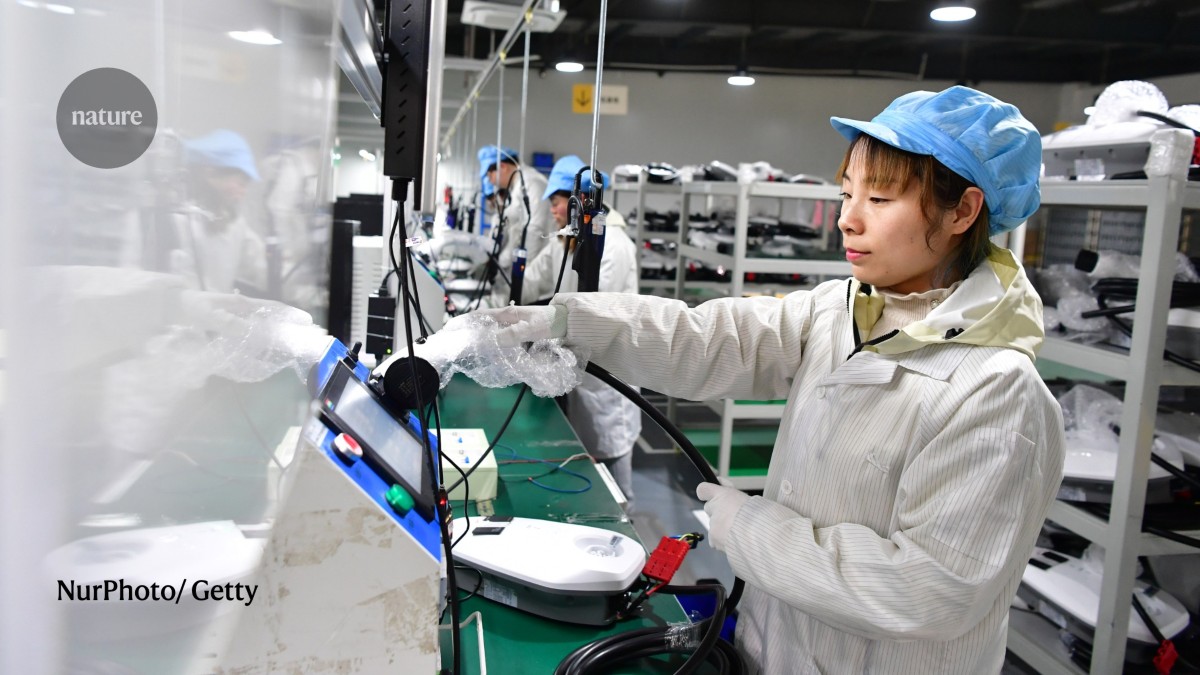The Industrial Landscape of Shanghai: The Drivers of Electric Vehicles, Photovoltaics, and Life Science in the 21st Century
There was a big increase in the number of NEVs produced by Hefei in the first half of the year. Many vehicle companies have received generous backing from the Hefei government; in 2020, it poured almost $1 billion of investment funds into Chinese car manufacturer NIO, and in 2021, it took just 23 days to negotiate with BYD, another of the country’s major vehicle companies, over the establishment of an expansive factory in the city.
High-end machine tools, which are a key part of innovative manufacturing, is slower to be adopted in China. According to a 2020 study by the Chinese Academy of Engineering, the domestic machine tool industry still uses less sophisticated equipment compared to other countries. In September, the Information Technology andInnovation Foundation published another report saying that China imported more than 90 percent of its machine tool components. Foreign companies also make up around 70% of China’s medium-end machine tool industry.
China accounts for more than half of all new electric cars sold globally, but geopolitical tensions are threatening to undermine its success. The US imposed a 100% tariffs on Chinese electric vehicle imports, closely followed by a 37.6%tariff from the EU, which raised fears that China has an overcapacity in the space.
Aligning with China’s broader goals of reducing its reliance on fossil fuels, MIC2025 is pushing for renewable energy equipment and energy-storage devices to account for more than 80% of the Chinese market. There has been swift progress in photovoltaic solar cell production. At the time of MIC2025’s launch, China relied on other countries for key materials and essential components of photovoltaic cells. Today, it’s responsible for 80% of the world’s solar cell exports and hosts the 10 leading suppliers of solar-cell manufacturing equipment globally. The world’s largest solar farm is located in China, in the northwestern city of Urumqi. With more than 5 million photovoltaic panels spread over an area roughly the size of New York City, the facility can generate enough power to keep a small country running for a year.
Beijing, Zhejiang, and Chengdu are some of the big players in medical research. A popular destination for both local and international scientists, Shanghai has more than 3,000 life-science companies that employ at least 270,000 people, according to LEK research. One-quarter of China’s life-sciences and medicine researchers work in Shanghai, which in 2022 invested $15 billion in R&D. The ingredients for Shanghai’s success are a mix of infrastructure and financial incentives from the local commerce bureau, says Chen, including free lease of land for companies, tax rebates for international talent and support for equipment purchase. Zhangjiang Science City, an area of Shanghai that covers almost 100 square kilometres, hosts more than 400 biomedicine companies, 100 R&D institutes and 40 contract research organizations and is the site of the regional headquarters of several of the world’s leading pharmaceutical companies, including Pfizer, AstraZeneca and Roche.
Finding a balance between scientific breakthroughs and innovation with a practical outcome will require restructuring incentives so they encourage both, adds Zhang. More clear-cut definitions of intellectual- property ownership would be involved.
Over the past decade, China has emphasized research and innovation because of the value they add to the economy as a whole. Science mega-structures, such as the Five-hundred-meter Aperture Spherical Radio Telescope (FAST) in Guizhou province, or the Kunming Institute of Botany, housing Asia’s largest seed bank, in Yunnan, are constructed with both economic growth and scientific excellence in mind. The hope is that national research labs in distant places will spark new industries and ideas that will be embedded in those regions. Huge regional investments based on emerging technologies should be seen as part of the same process.
